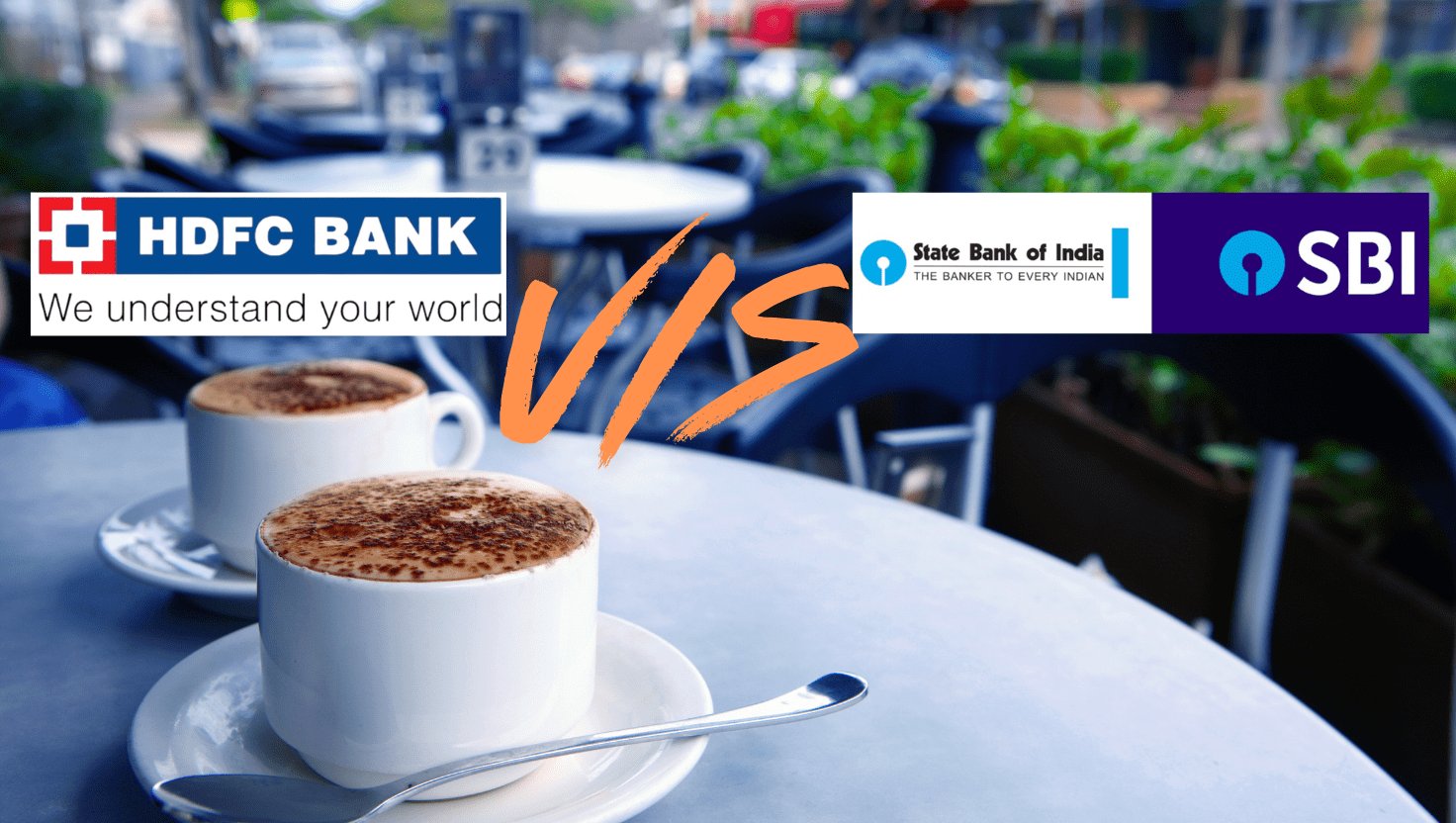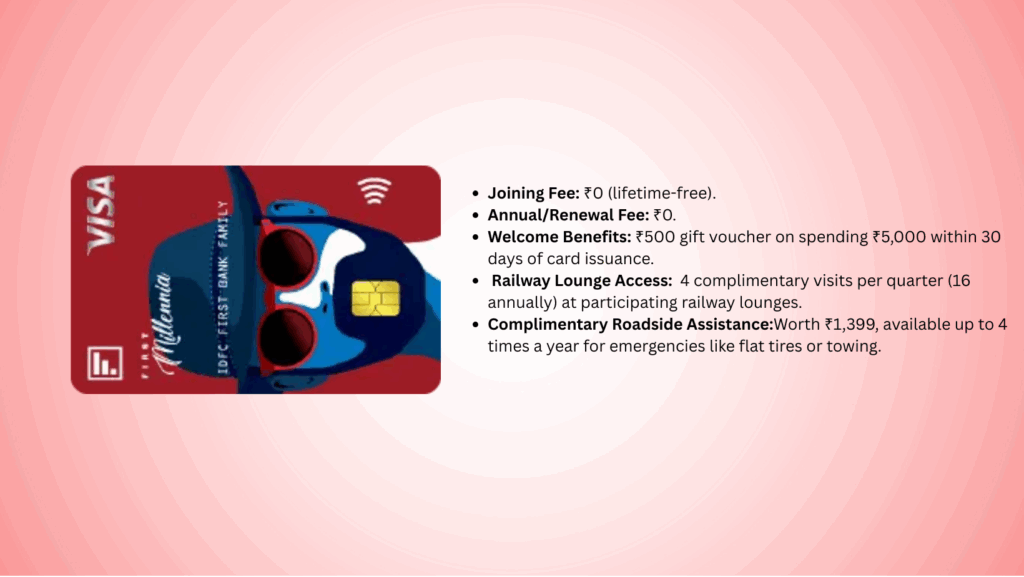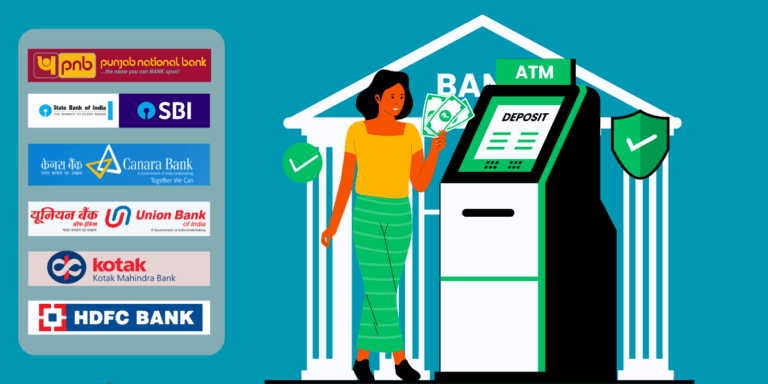
When choosing a current account for your business in India, selecting the right bank can significantly impact your financial operations. Two of the most prominent players in the Indian banking sector are HDFC Bank and State Bank of India (SBI), both offering tailored current accounts to meet the needs of businesses, professionals, and SMEs. In this comprehensive guide, we compare HDFC Bank Current Accounts (sourced from HDFC Bank) and SBI Current Accounts (sourced from SBI) to help you make an informed decision. Packed with the latest data, this blog explores features, benefits, charges, and more to ensure your business thrives with the right banking partner.
Why Choose a Current Account for Your Business?
A current account is designed for businesses, entrepreneurs, professionals, and organizations requiring frequent transactions, seamless cash flow management, and advanced banking services. Unlike savings accounts, current accounts offer no interest on deposits but provide features like high transaction limits, overdraft facilities, and digital banking tools, making them ideal for businesses of all sizes.
In this comparison, we’ll dive into the specifics of HDFC Bank Current Accounts and SBI Current Accounts, analyzing their offerings for small businesses, professionals, and large enterprises. Let’s explore the key differences, benefits, and drawbacks to determine which bank aligns with your business goals.
HDFC Bank Current Accounts
HDFC Bank, one of India’s leading private sector banks, offers a range of current accounts tailored for businesses, professionals, and organizations. These accounts are designed to streamline cash flow, simplify payments, and provide value-added services like insurance and digital banking.
Key Features of HDFC Bank Current Accounts
- Free Cash Deposits: Up to ₹2 lakh per month or 6 times the current month’s Average Monthly Balance (AMB), whichever is higher, at any HDFC Bank branch. For premium accounts, this limit can extend to ₹50 lakh or 50 transactions.
- Free Cash Withdrawals: Up to 6 times the current month’s AMB at non-home branches, with daily limits up to ₹1 lakh for select accounts.
- Complimentary Insurance: Shopkeeper insurance up to ₹10 lakh and cyber insurance up to ₹4 lakh for premium accounts.
- Digital Banking: Access to NetBanking, Mobile Banking, and InstaAlert services for seamless transactions and instant updates.
- Waivers and Benefits: Monthly rental waivers on Soundbox for transactions above ₹1 lakh, balance commitment waivers for high POS volumes, and unlimited free Demand Drafts (DD) and Pay Orders (PO) at HDFC branches.
Customized Accounts: Options like Regular Current Account, Professional Current Account, and SME-specific accounts cater to diverse needs
Types of HDFC Current Accounts
- Regular Current Account: Ideal for single-city businesses with free cash deposits up to ₹2 lakh or 25 transactions monthly.
- Professional Current Account: Designed for professionals like doctors, architects, and chartered accountants, offering 30 free DDs/POs monthly and higher cash limits.
- SME Current Account: Tailored for small and medium enterprises with flexible cash deposit limits up to ₹50 lakh.
- CSR Unspent Account: No minimum balance requirement, ideal for organizations managing CSR funds.
Fees and Charges
- Monthly Average Balance (MAB): Varies by account type, starting at ₹10,000 for Regular Current Accounts.
- Non-Maintenance Charges: ₹150–₹600 based on the shortfall in MAB.
- ATM Withdrawal Limits: ₹50,000/day for the first 6 months, ₹2 lakh/day thereafter, with a monthly cap of ₹10 lakh.
- Service Charges: Free NEFT/RTGS transactions online; additional charges apply for exceeding free transaction limits.
Benefits for Businesses
- Doorstep Banking: Cash pickup and delivery services for convenience.
- High Transaction Limits: Supports bulk payments and collections for SMEs and large businesses.
- Value-Added Services: Includes SmartHub Vyapar App, POS machines, and trade-on-net facilities.
SBI Current Accounts
State Bank of India (SBI), the largest public sector bank in India, offers a robust suite of current accounts designed for businesses, traders, and professionals. Known for its extensive branch network and affordability, SBI caters to a wide range of customers with competitive features.
Key Features of SBI Current Accounts
- Low Monthly Average Balance: Starts at ₹5,000 for Regular Current Accounts, making it accessible for small businesses.
- Free Cash Withdrawals: Unlimited at home branches; non-home branch withdrawals capped at ₹1 lakh/day (self-only).
- Free Cheque Leaves: 50 multicity cheque leaves free per month; additional leaves at ₹3 + GST per leaf.
- Cash Deposit Limits: Up to 100 times the previous month’s MAB (max ₹5 lakh/month) across 22,000+ SBI branches.
- Digital Banking: Access to Corporate Internet Banking, YONO Business App, and Video-KYC for account opening.
- SME-Focused Services: Includes SME Fixed Deposits, MSME loans, and supply chain finance.
Types of SBI Current Accounts
- Regular Current Account: Ideal for small businesses and professionals with a low MAB of ₹5,000.
- SME Current Account: Designed for small and medium enterprises with MAB options up to ₹50 lakh.
- Power Jyoti Current Account: Offers higher transaction limits and value-added services for larger businesses.
- Specialized Accounts: Tailored for trusts, societies, and government organizations.
Fees and Charges
- Monthly Average Balance (MAB): Ranges from ₹5,000 to ₹50 lakh, depending on the account type.
- Non-Maintenance Charges: ₹500 + GST per month for Regular Current Accounts.
- Cash Deposit Charges: ₹0.75 per ₹1,000 + GST beyond free limits; max ₹20,000 + GST.
- Other Charges: ₹100 + GST per page for duplicate statements; cheque book charges beyond free limits.
Benefits for Businesses
- Extensive Branch Network: Access to over 22,000 branches and 60,000+ ATMs for seamless transactions.
- Affordable Banking: Low MAB and competitive charges suit startups and small businesses.
- Digital Tools: YONO Business App and Corporate Internet Banking for efficient cash flow management.
- Loan Support: Access to MSME loans, supply chain finance, and industry-specific loans.
Head-to-Head Comparison: HDFC vs SBI Current Accounts
Let’s break down the key differences between HDFC Bank and SBI Current Accounts across critical parameters to help you choose the best option.
- Monthly Average Balance (MAB)
HDFC Bank: Starts at ₹10,000 for Regular Current Accounts, with higher requirements for premium accounts (up to ₹50 lakh for SME accounts). Non-maintenance charges range from ₹150–₹600.
SBI: More affordable, starting at ₹5,000 for Regular Current Accounts, with options up to ₹50 lakh for premium accounts. Non-maintenance charges are ₹500 + GST monthly.
Winner: SBI, for its lower MAB, making it ideal for startups and small businesses.
- Cash Deposit Limits
HDFC Bank: Free deposits up to ₹2 lakh or 25 transactions monthly for Regular Current Accounts; up to ₹50 lakh or 50 transactions for premium accounts.
SBI: Free deposits up to 100 times the previous month’s MAB (max ₹5 lakh/month) across all branches.
Winner: HDFC Bank, for higher deposit limits in premium accounts, catering to businesses with large cash flows.
HDFC Bank: Free withdrawals up to 6 times the current month’s AMB at non-home branches; daily limit of ₹1 lakh for premium accounts.
SBI: Unlimited free withdrawals at home branches; non-home branch limit of ₹1 lakh/day (self-only).
Winner: SBI, for unlimited home branch withdrawals, offering greater flexibility.
- Cheque and DD/PO Services
HDFC Bank: Free local/intercity cheque collection and payment; unlimited free DDs/POs at HDFC branches for premium accounts.
SBI: 50 free multicity cheque leaves monthly; additional leaves at ₹3 + GST. Outstation cheque collection above ₹1 lakh costs ₹200 + GST.
Winner: HDFC Bank, for unlimited free DDs/POs and broader cheque services.
- Digital Banking
HDFC Bank: Offers NetBanking, Mobile Banking, InstaAlert, and SmartHub Vyapar App for seamless transactions and business management.
SBI: Provides Corporate Internet Banking, YONO Business App, and Video-KYC for account opening.
Winner: Tie, as both banks offer robust digital platforms tailored to business needs.
- Value-Added Services
HDFC Bank: Complimentary shopkeeper and cyber insurance, doorstep banking, POS waivers, and trade-on-net facilities.
SBI: SME-focused services like MSME loans, supply chain finance, and government schemes.
Winner: HDFC Bank, for its diverse value-added services, especially insurance and POS benefits.
- Branch and ATM Network
HDFC Bank: Over 9,092 branches and 15,000 ATMs, with partner networks for extended reach.
SBI: Over 22,000 branches and 60,000+ ATMs, offering unmatched accessibility.
Winner: SBI, for its extensive network, ideal for businesses operating in rural or semi-urban areas.
- Fees and Charges
HDFC Bank: Higher MAB and non-maintenance charges but offers free online NEFT/RTGS and premium services.
SBI: Lower MAB and competitive charges, with additional fees for exceeding free limits (e.g., ₹0.75 per ₹1,000 for cash deposits).
Winner: SBI, for cost-effective banking solutions.
Which Bank Suits Your Business?
Choose HDFC Bank Current Account If:
- You run a large business or SME with high transaction volumes and need flexible cash deposit limits (up to ₹50 lakh).
- You value value-added services like complimentary insurance, doorstep banking, and POS waivers.
- You prefer premium digital banking tools like SmartHub Vyapar and InstaAlert for real-time transaction updates.
- You need unlimited free DDs/POs and seamless cheque collection services.
Choose SBI Current Account If:
- You’re a small business or startup looking for affordable banking with a low MAB (₹5,000).
- You operate in rural or semi-urban areas and need access to an extensive branch and ATM network.
- You require unlimited free withdrawals at home branches and competitive cash deposit limits.
- You want access to SME-specific loan products and government schemes for business growth.
HDFC Bank Current Account
Pros:
- High cash deposit and withdrawal limits for premium accounts.
- Complimentary insurance (shopkeeper and cyber).
- Robust digital banking with SmartHub Vyapar and InstaAlert.
- Unlimited free DDs/POs for premium accounts.
Cons:
- Higher MAB requirements (starting at ₹10,000).
- Non-maintenance charges can be steep (₹150–₹600).
- Limited branch network compared to SBI.
SBI Current Account
Pros:
- Low MAB (₹5,000) for Regular Current Accounts.
- Extensive branch (22,000+) and ATM (60,000+) network.
- Unlimited free withdrawals at home branches.
- SME-focused loan products and government schemes.
Cons:
- Lower cash deposit limits (max ₹5 lakh/month).
- Additional charges for exceeding free cheque leaves or outstation collections.
- Fewer value-added services compared to HDFC.
How to Open a Current Account with HDFC or SBI?
HDFC Bank
- Visit HDFC Bank Current Accounts.
- Choose the account type (Regular, Professional, SME, etc.).
- Complete the online application with PAN, Aadhaar, business documents, and KYC details.
- Opt for Video-KYC or visit a branch for in-person verification.
- Account is activated instantly for online applications, with full activation post-KYC.
SBI
- Visit SBI Current Accounts.
- Select the desired account type (Regular, SME, etc.).
- Apply online via the YONO Business App or website with PAN, Aadhaar, and business documents.
- Complete Video-KYC or visit a branch for verification.
- Account is activated upon successful verification.
Final Thought
Choosing between HDFC Bank and SBI Current Accounts depends on your business size, transaction needs, and preference for digital or branch-based banking. HDFC Bank excels in offering premium features, high transaction limits, and value-added services like insurance and doorstep banking, making it ideal for SMEs and professionals. SBI, with its low MAB, extensive branch network, and SME loan products, is perfect for startups and businesses in rural areas.
Evaluate your business requirements, compare the MAB, transaction limits, and additional benefits, and choose the bank that aligns with your financial goals. For more details, visit HDFC Bank or SBI to explore their offerings and apply online today!




























